Graphics Reference
In-Depth Information
8.7
Spherical Modifications
We begin this section by reinterpreting some of the results from the previous section.
There we constructed manifolds by successively attaching a handle to the boundary
of another manifold. The basic step had the form
k
¥
-
n
k
NNDD
¢=
»
where the handle
D
k
¥
D
n-k
is attached to ∂
N
along
S
k-1
¥
D
n-k
. If we now concentrate
on the boundaries of the manifolds, what has happened is that to get from ∂
N
to ∂
N
¢
we cut out
S
k-1
¥
D
n-k
from ∂
N
and glued
D
k
¥ S
n-k-1
in its place along
S
k-1
¥
S
n-k
.
We formalize this construction. Let
M
be a manifold and suppose that we have an
imbedding
k
-
1
n
-
k
f
:
SD M
¥
Æ
.
Define a manifold
M
¢ by
(
(
)
)
»
(
)
k
-
1
n
-
k
k
n
--
k
1
MM
¢=
-
int
S D
¥
DS
¥
.
k
-
1
n
-
k
-
1
f
SS
¥
Definition.
We shall say that the manifold
M
¢ is obtained from the manifold
M
by
a
spherical modification of degree k
or by
surgery
.
8.7.1. Theorem.
If
M
is obtained from
M
¢ via a spherical modification of degree k,
then there is manifold
W
and a function f :
W
Æ [0,1] satisfying
(1) ∂
W
=
M
»
M
¢,
(2) f(
M
) = 0, f(
M
¢) = 1, and
(3) f has a single nondegenerate critical point of index k in the interior of
W
.
Proof.
See [Wall68] or [Miln65a].
Definition.
Two smooth n-dimensional manifolds
M
and
N
are said to be
cobordant
if there is a smooth (n + 1)-dimensional manifold
W
so that the boundary of
W
is the
disjoint union of open and closed subsets
M
and
N
. In that case,
W
is said to be a
cobordism
between
M
and
N
.
8.7.2. Theorem.
Two compact smooth n-dimensional manifolds are cobordant
if and only if one can get from one to the other by a finite sequence of spherical
modifications.
Proof.
See [Wall68] or [Miln65a].
We state a few of the main results on the classification of manifolds most of which
are consequences of the work of Smale [Smal61]. The key theorem is the next one.

